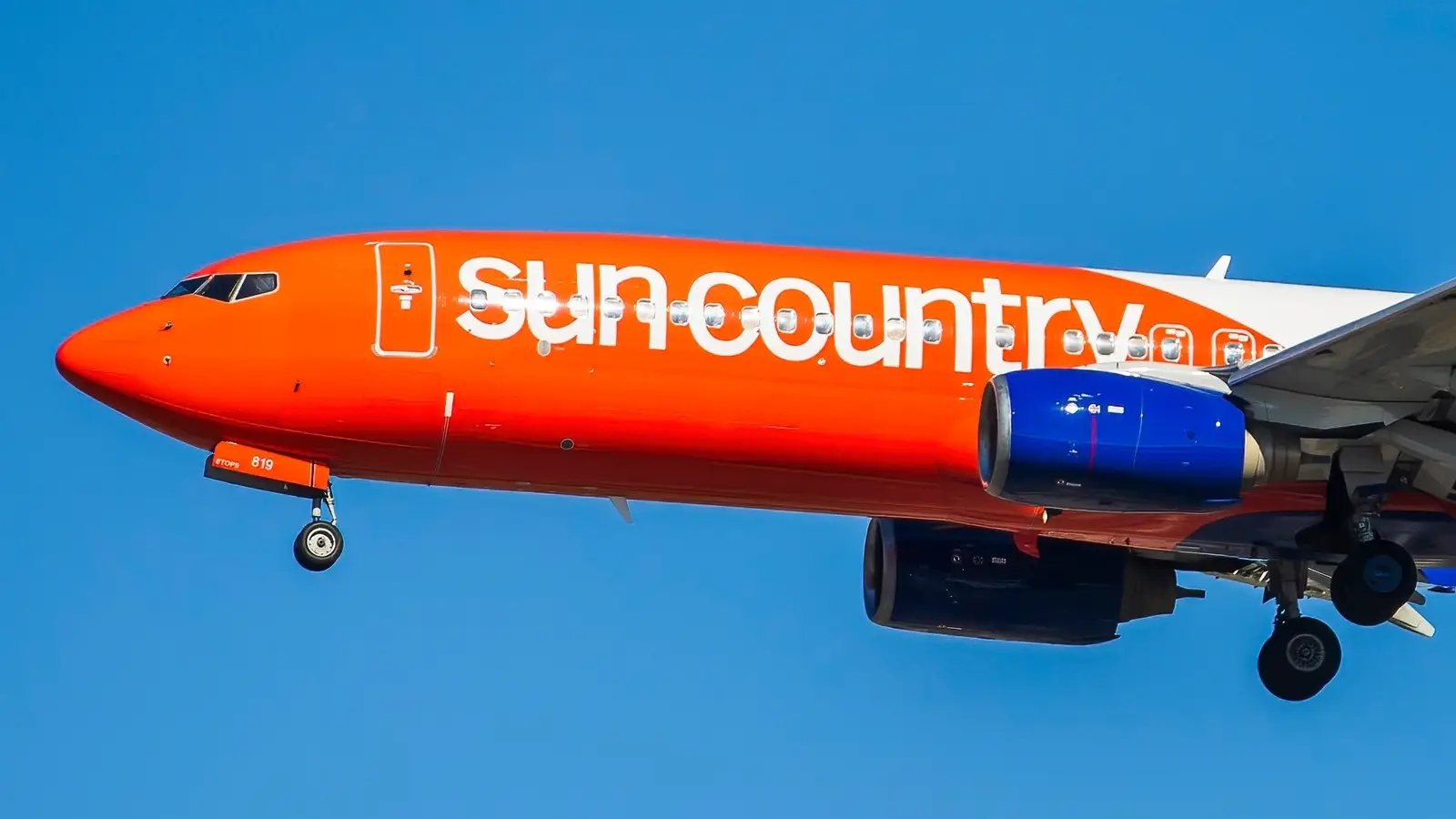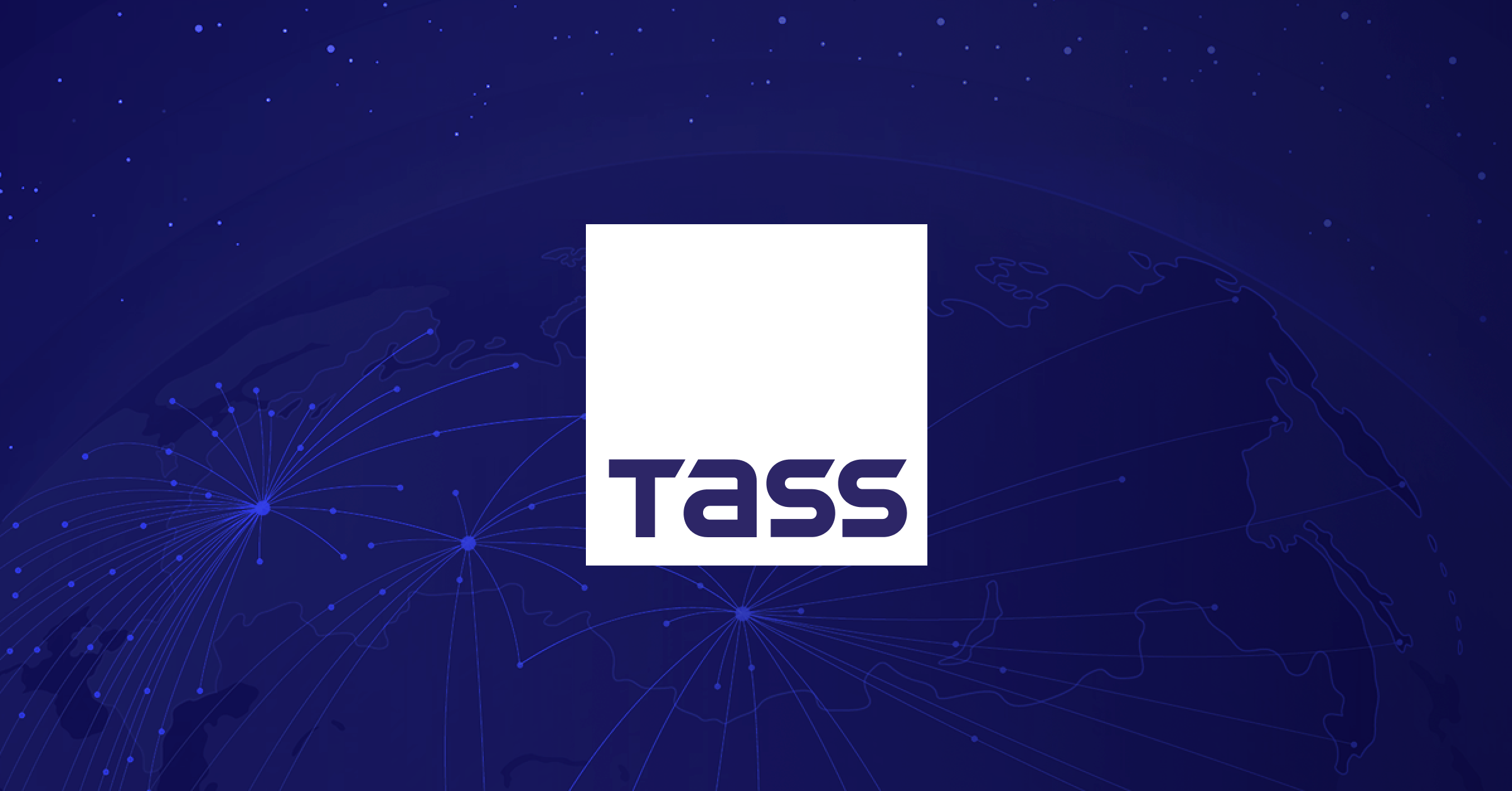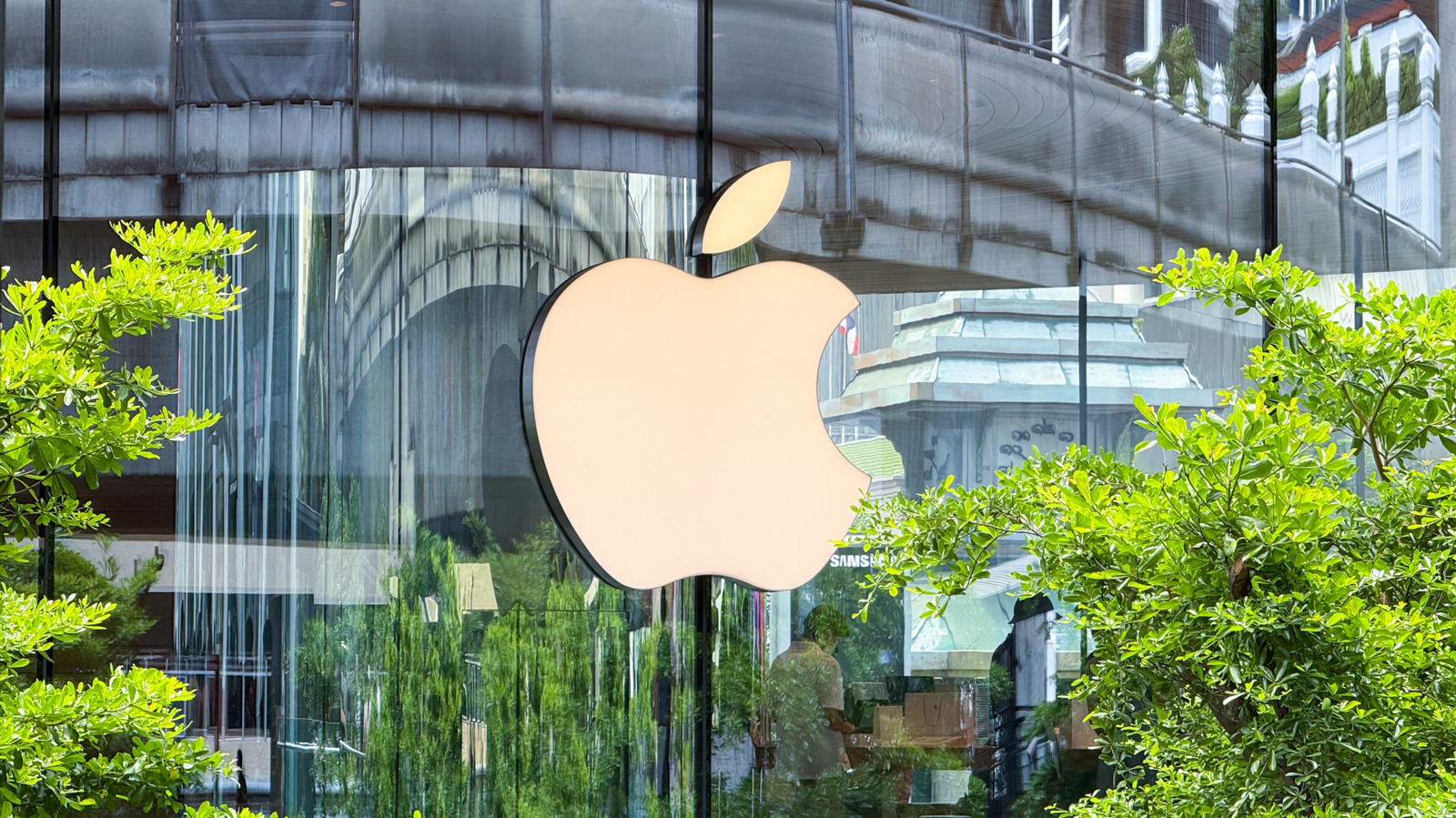Copyright Simple Flying

Sun Country Airlines (NYSE: SNCY) posted record third-quarter revenues of $255.5 million, making it the 13th straight profitable quarter for the airline, which offered adjusted earnings per share (EPS) of $0.07 to investors, roughly in line with overall Street expectations. The airline's cargo and charter operations ultimately proved its standouts, with these two segments accounting for around 40% of overall revenue as the carrier's Amazon-branded freighter fleet finally ramped up to 20 aircraft. The carrier lifted cargo revenue by around 51% year-over-year. Scheduled service capacity was pulled down to support cargo, but pricing improved late in the third quarter. Costs rose due to overall rises in labor and maintenance expenses, keeping an operating margin at 4.8% adjusted. Management repurchased $10 million of stock and added a new $108 million fixed-term loan. Shares traded up 3.4% on the day, demonstrating a positive market reaction to the airline's results. What Were The Principal Drivers Behind This Performance? The acceleration of the airline's overall cargo capabilities and the strength of its charter division also drove the overall print. Cargo revenues rose to $44 million, demonstrating a rise of 51% year-on-year on a 33.7% increase in block hours and better Amazon contract rates. The airline's 20-aircraft freighter fleet offers impressive versatility. Charter revenues across the board climbed 15.6% to $58.7 million on 11.1% more block hours. Scheduled service ASMs fell around 10%, but late-quarter demand also improved. Fares in September were up around 8%, with load factors jumping around 3 points year-on-year, ultimately supporting total revenue per available seat mile, which was up around 1.6% despite fewer overall seats. In terms of costs, costs per available seat mile rose 10.3%, given reduced scheduled flying, higher overall headcount, pilot, and flight attendant wage step-ups, alongside extensive unplanned maintenance. The overall mix shift towards cargo and charter stabilized revenue will lead to diluted utilization and unit cost growth. What Are The Financial Implications Of The Airline's Performance? This diversified operating model is helping cushion overall volatility at the cost of capping near-term profitability through unit-cost inflation and overall mix effects. With scheduled flying reduced to accommodate cargo growth, fixed costs spread out over fewer ASMs, and drive costs per available seat mile (CASM) up 10.3%. However, the benefits of this are quite clear, as they shield the airline from periods in which passenger traffic is subject to seasonal lulls. Late-quarter movement that improved pricing helped the airline meet expectations, sending a strong signal to investors that the airline can still command somewhat of a premium on the markets it controls. Sun Country loyalists will pay for the reliable experience that the airline offers. Investors were also likely happy to hear about the airline's financial picture, which is surprisingly strong. Overall liquidity remains solid at around $299 million, with net debt of $406 million remaining manageable across the board. Refinancing through a $108 million fixed-rate loan lowers overall uncertainty and extends the airline's runway, with $10 million in buybacks signaling overall confidence. If labor and maintenance pressures persist, margin expansion will hinge on restoring scheduled service and recapturing utilization in 2026. What Is The Airline's Fourth-Quarter Growth Picture? Sun Country enters the fourth quarter leaning on a mix that includes leisure scheduled flights, resilient charter, and Amazon-driven cargo operations. This will ideally allow revenues to remain steady while the airline prioritizes pricing and reliability over sheer volume growth. This strategy is capacity discipline, and it keeps scheduled ASMs tight while allowing the carrier to focus on peak services out of its Minneapolis-St. Paul International Airport (MSP) hub. Cargo operations continue to expand as charter flights generate higher profits than ever before. Success ultimately hinges on overall holiday demand quality and ancillary capture more than seats. Operational cleanliness matters with high completion, fewer misconnects, and quicker recovery that will protect the brand and overall margin. Costs will remain tight near term, given wage increases and the airline's overall mix. Investors will want to watch as the airline slowly expands capacity over the next three months, especially with the peak holiday travel season just around the corner.



